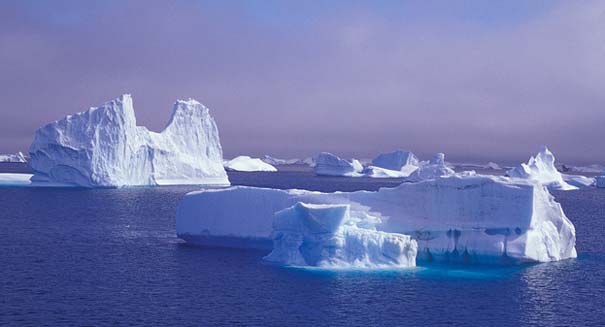
New life forms are discovered in Antarctica.
Antarctica is one of the harshest environments on earth, and yet even here, life has the amazing ability to survive and thrive. Scientists with the British Antarctic Survey and other institutions drilled through the ice sheet to dig up clean sediment samples from the bottom of Lake Hodgson and found living microbes. This new research, published in the journal Diversity, could shed light on how life survives such harsh environments around the world and possibly on other planets.
“If you’re looking for environments on Earth that are most similar to environments elsewhere in the solar system, subglacial lakes are one of the places you would look,” says Dominic Hodgson, at the British Antarctic Survey, also the author of the paper and whom the lake was named after. The research joins a growing effort to dig into the continent’s underwater worlds for organisms and new species that could guide similar search for life on Europa, Jupiter’s ice-covered moon.
Lake Hodgson is on the Antarctic Peninsula and is 305 feet deep. While only 10-13 feet of ice cover the lake today, thousands of years ago during the last ice age, more than 1,600 feet of ice covered lake. The research team is studying sediments that were deposited when the lake was sealed under the thick ice. There, the team took samples of sediments from the edge of the lake, where deglaciation had started around 13,000 years ago, exposing the mud that was there around 87,000 years before that.
Lake Hodgson, which lies between Antarctica’s Citadel Bastion and Corner Cliffs, is the fourth ice-covered lake where the scientists have found unexpected life. Last year, an American expedition to a shallow lake named Lake Whillans will begin releasing its findings later this week. Another project from the Bowling Green State University ventured to the largest known subglacial lake in the world—Lake Vostok—where researchers reported to have recovered more than 3,000 genome sequences, including from complex organisms. More teams are on the race to gather unspoiled samples from the continent’s remaining 380 lakes.
The research team was able to culture 20 microbes from the top layer of the sediment. Though all single-celled organisms, the cultured microbes are remarkably diverse, according to Dr. Hodgson. The cultures presented four bacteria phyla, and within those phyla the bacteria also showed many different biologic processes. “This is one of the most extreme environments on earth,” says Hodgson. “We were expecting low volumes of life and low diversity.”
The team was unable to categorize 23 percent of the sequences, which probably means that they exist elsewhere in the world, just not in the databases. “Each study we do in more and more extreme environment will turn up a lot of new species,” Hodges said.
Leave a Reply